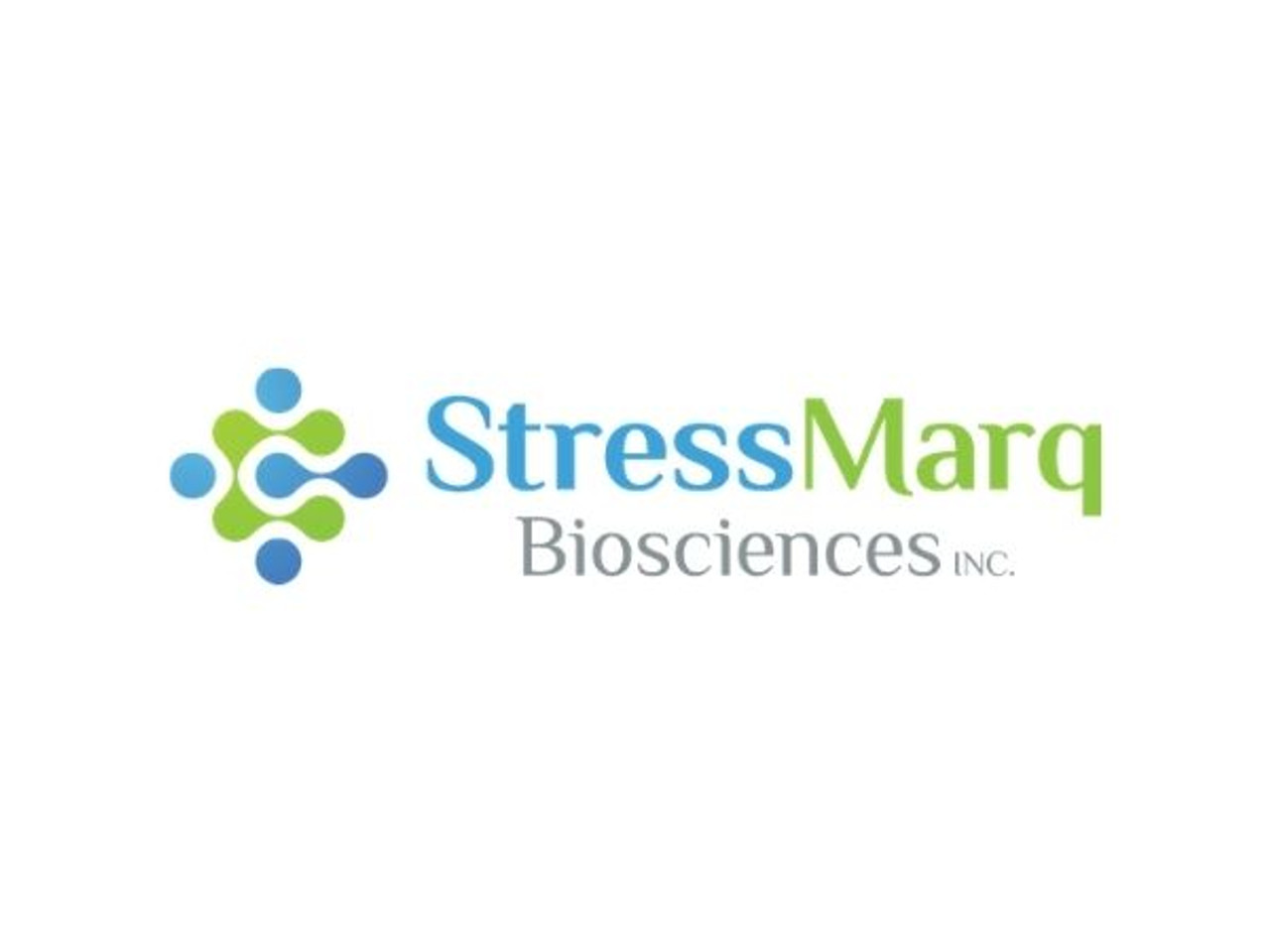Product Description
AHA1 Protein is available at Gentaur for Next week delivery.
Description: Yeast Recombinant AHA1 Protein
Alternative Name(s): Aha1 Protein, SHSA1 Protein, HSPC322 Protein, p38 Protein
Research Area(s): Cancer | Heat Shock | Cell Signaling | Protein Trafficking | Chaperone Proteins
Nature: Recombinant
Accession Number: NM_001180522.1
Gene ID: 851800
Swiss-Prot: Q12449
Applications Species: WB | SDS-PAGE | Functional Assay
Biological Activity:
Expression System: E. coli
Protein Length:
Amino Acid Sequence: MGHHHHHHMVVNNPNNWHWVDKNCIGWAKEYFKQKLVGVEAGSVKDKKYAKIKSVSSIEGDCEVNQRKGKVISLFDLKITVLIEGHVDSKDGSALPFEGSINVPEVAFDSEASSYQFDISIFKETSELSEAKPLIRSELLPKLRQIFQQFGKDLLATHGNDIQVPESQVKSNYTRGNQKSSFTEIKDSASKPKKNALPSSTSTSAPVSSTNKVPQNGSGNSTSIYLEPTFNVPSSELYETFLDKQRILAWTRSAQFFNSGPKLETKEKFELFGGNVISELVSCEKDKKLVFHWKLKDWSAPFNSTIEMTFHESQEFHETKLQVKWTGIPVGEEDRVRANFEEYYVRSIKLTFGFGAVL
Purification: Affinity Purified
Storage Buffer: 12.5mM Hepes buffer pH7.2, 10mM NaCl, 50% glycerol
Concentration: Lot/batch specific. See included datasheet.
Shipping Temperature: Blue Ice or 4ºC
Other relevant information:
Certificate of Analysis: This product has been certified >90% pure using SDS - PAGE analysis.
Cellular Localization: Cytoplasm
Scientific Background: Chaperonin 10, otherwise known as Cpn10, (groES in E.coli) make up a family of small heart shock proteins with an approximate molecular mass of 10kDa (HSP10s). Cpn10 acts as a co-chaperone and interacts with the HSP60 family to promote proper folding of polypeptides. Cpn10 and Cpn60 both exhibit sevenfold axis of symmetry and function as a team in the protein folding and assembly process (1). Cpn10 has been located in human platelets, but is also present in human maternal serum (2, 3). It has been reported that human Cpn10 is identical with early pregnancy factor, which is involved in control over cell growth and development. This identification suggest that Cpn10 may act like a hormone in stressful situations such as pregnancy (4).
References: 1. Hainzl O., Lapina M.C., Buchner J., Richter K. (2009) J Biol Chem. Epub. 2. Harst A., Lin H., Obermann W.M. (2005) Biochem J. 387 (pt.3): 789-796. 3. Lotz G.P., Brychzy A., Heinz S., Obermann W.M. (2008) J Cell Sci. 121(pt.5): 717-723. 4. Holmes J.L., Sharp S.Y., Hobbs S., Workman P. (2008) Cancer Res. 68(4): 1188-1197.
Field of Use: Not for use in humans. Not for use in diagnostics or therapeutics. For research use only.
PubMed ID:
Published Application:
Published Species Reactivity:
" Euro
Euro
 British Pound
British Pound
 US Dollar
US Dollar

































